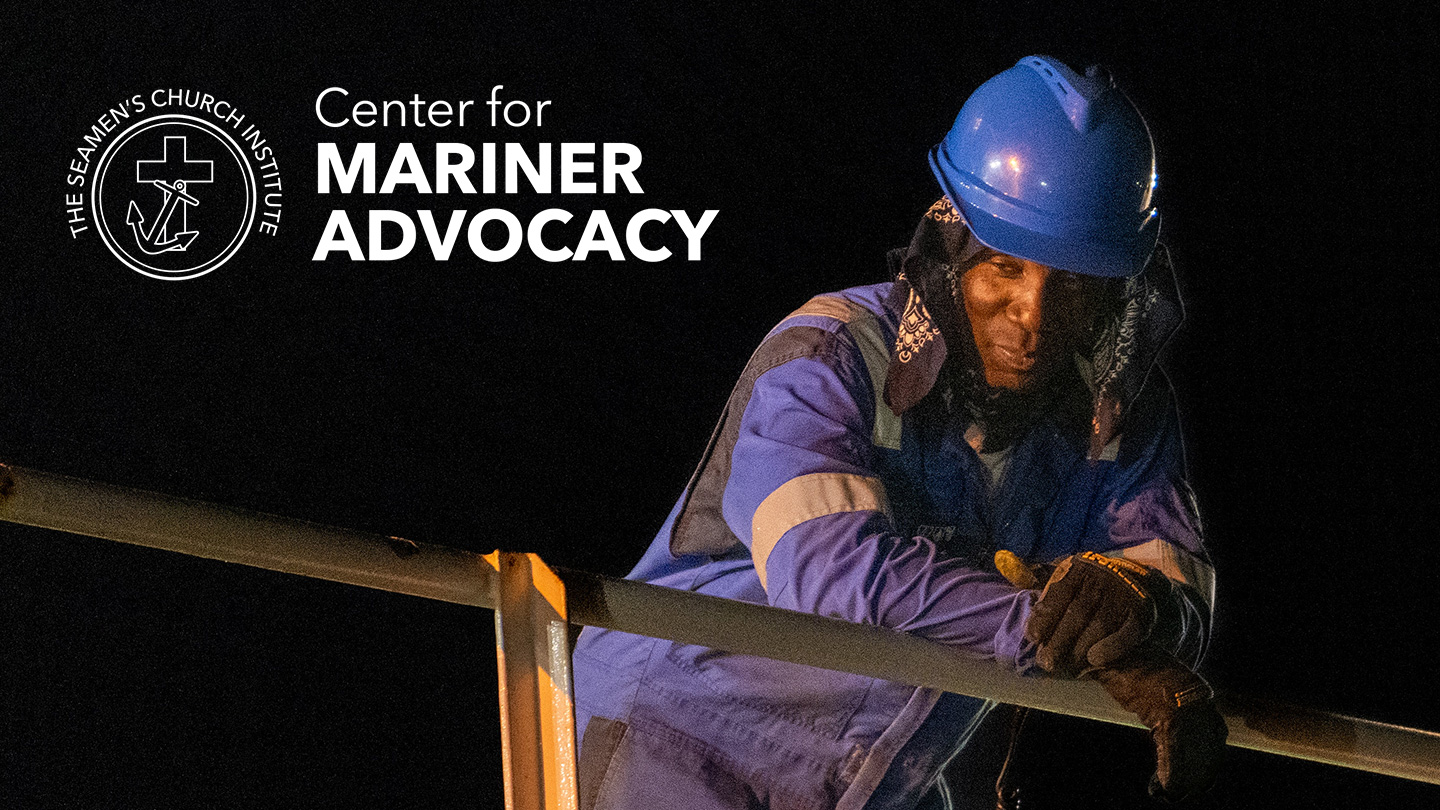Addressing Seafarer Abandonment: Latest Guidelines

by Phil Schifflin, Esq.
Director, Center for Mariner Advocacy
From the Lookout, Spring 2023

Abandonment of seafarers has been a plague upon the shipping industry for years, and has recently seen a significant uptick in reported cases. It occurs when, for a variety of reasons, a shipowner neglects their responsibility to their crews, denying them the option of timely repatriation, neglecting to pay their wages, and even leaving them in dangerous conditions. In the years 2011–2016 there were less than 20 reported cases each year. 2017–2019 saw a large increase as the reported number of cases each year ranged between 40 and 55. While a direct causation has not been established, the rise in abandonment cases has continued to grow dramatically since the COVID-19 pandemic started; there were 85 cases of abandonment reported in 2020, 95 cases in 2021, and 109 cases in 2022.
Abandonment can often be challenging to deal with since a vessel is virtually always abandoned in a port, but port states do not typically have a legal obligation to resolve these cases. In accordance with the Maritime Labour Convention, 2006, individual shipowners, a shipowner’s financial security provider, and the flag state of the ship are the entities that normally are obligated to help resolve an abandonment matter. In many abandonment cases, however, a shipowner might not be available to assist, the financial security may have lapsed, or in many cases the flag state is reluctant to use its financial resources to resolve the case prior to exhausting all other potential avenues. Accordingly, seafarers all too often remain stuck in a foreign country with no means of being repatriated home and no means of supporting themselves or their families who depend on their wages.

“The guidelines, while not mandatory, provide best practices for improving coordination between the different entities that can help to resolve seafarer abandonment cases.”
The International Maritime Organization’s (IMO) Legal Committee recognized this growing crisis and in November of 2020 agreed to the development of guidelines for resolving seafarer abandonment cases. This work began during the fall 2021, and after multiple meetings held at both the IMO and the International Labor Organization (ILO), these joint ILO/IMO guidelines were ready to receive their final review and approval. This last step was accomplished in March 2023 when they were approved by the IMO’s Legal Committee. Phil Schifflin, Director of the Center for Mariner Advocacy, participated in all the meetings throughout the development of these important guidelines.
One particular set of recommendations that has the potential to make a significant difference addresses financial security. The guidelines recommend that flag states verify, at least on an annual basis, that vessels flying their flag still maintain valid financial security. The guidelines also recommend that port states “pay particular attention to the validity of the financial security” during their inspections. Both recommendations, if widely adopted, will help prevent ships from sailing without valid financial security. This is important, since data has shown that when a vessel has valid financial security, cases of seafarer abandonment are resolved faster and at a significantly higher rate.
Another important aspect in the adoption of guidelines are specific actionable items that port states can implement to help resolve abandonment cases. As mentioned above, many port states are not obligated to assist in rectifying these matters, but as a result, these port states do not have action plans in place for responding to a case of seafarer abandonment. The reality is that seafarers are always abandoned in a port that differs from where their vessel is flagged and from where they reside. As such, port states are in a unique position to help these distressed seafarers. With guidelines like those proposed, port states would have a playbook to follow in resolving abandonment issues, which could result in quicker resolution and could lessen the negative impacts on affected seafarers.
The guidelines also recommend that flag states, port states, and the home countries of seafarers all develop standard operating procedures that specifically define what roles the various national stakeholders will fulfill in helping to resolve cases of seafarer abandonment. Taking the time to define responsibilities ahead of time will ensure a coordinated government response, which should aid in the resolution of seafarer abandonment cases.
Finally, it is worth noting that the guidelines, in multiple locations, recommend that the entities responding to seafarer abandonment cases should notify a local seafarer welfare organization, which would include SCI, so that such organizations are aware of the case and can assist.